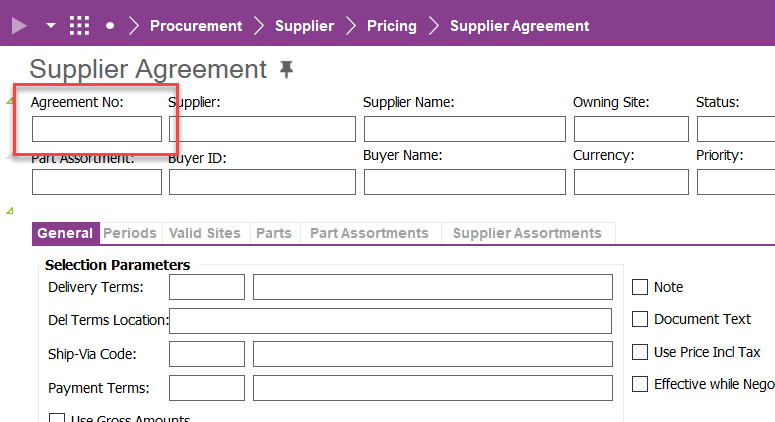Per the organizational standards, I need to automate the SA number generation to the next one in the sequence of XB0000767 and there onwards +1 automatically every time someone creates an agreement. I can manually do this in IFS. How do I set it up in IFS to fetch the number automatically?






